A Retargetable C Compiler: Design and ImplementationDavid R. Hanson, Christopher W. Fraser This new book examines the implementation of lcc, a production-quality, research-oriented retargetable compiler, designed for the ANSI C programming language. The author's innovative approach uses a line-by-line explanation of the code to demonstrate how lcc is built. Accompanying disk contains the full source code for the Icc compiler, the back ends, and the code-generator. Digital Design and Computer Architecture, Second EditionDavid Harris, Sarah Harris Digital Design and Computer Architecture takes a unique and modern approach to digital design. Beginning with digital logic gates and progressing to the design of combinational and sequential circuits, Harris and Harris use these fundamental building blocks as the basis for what follows: the design of an actual MIPS processor. SystemVerilog and VHDL are integrated throughout the text in examples illustrating the methods and techniques for CAD-based circuit design. By the end of this book, readers will be able to build their own microprocessor and will have a top-to-bottom understanding of how it works. Harris and Harris have combined an engaging and humorous writing style with an updated and hands-on approach to digital design.
This second edition has been updated with new content on I/O systems in the context of general purpose processors found in a PC as well as microcontrollers found almost everywhere. The new edition provides practical examples of how to interface with peripherals using RS232, SPI, motor control, interrupts, wireless, and analog-to-digital conversion. High-level descriptions of I/O interfaces found in PCs include USB, SDRAM, WiFi, PCI Express, and others. In addition to expanded and updated material throughout, SystemVerilog is now featured in the programming and code examples (replacing Verilog), alongside VHDL. This new edition also provides additional exercises and a new appendix on C programming to strengthen the connection between programming and processor architecture.
SECOND Edition FeaturesCovers the fundamentals of digital logic design and reinforces logic concepts through the design of a MIPS microprocessor.Features side-by-side examples of the two most prominent Hardware Description Languages (HDLs)-SystemVerilog and VHDL-which illustrate and compare the ways each can be used in the design of digital systems.Includes examples throughout the text that enhance the reader's understanding and retention of key concepts and techniques.Companion Web site includes links to CAD tools for FPGA design from Altera and Mentor Graphics, lecture slides, laboratory projects, and solutions to exercises.
Updated based on instructor feedback with more exercises and new examples of parallel and advanced architectures, practical I/O applications, embedded systems, and heterogeneous computing Presents digital system design examples in both VHDL and SystemVerilog (updated for the second edition from Verilog), shown side-by-side to compare and contrast their strengthsIncludes a new chapter on C programming to provide necessary prerequisites and strengthen the connection between programming and processor architectureCompanion Web site includes links to Xilinx CAD tools for FPGA design, lecture slides, laboratory projects, and solutions to exercises.
Instructors can also register at textbooks.elsevier.com for access to: Solutions to all exercises (PDF)Lab materials with solutionsHDL for textbook examples and exercise solutionsLecture slides (PPT)Sample exams\Sample course syllabusFigures from the text (JPG, PPT) Learning the Art of Electronics: A Hands-On Lab CourseThomas C. Hayes, Paul Horowitz This introduction to circuit design is unusual in several respects. First, it offers not just explanations, but a full course. Each of the twenty-five sessions begins with a discussion of a particular sort of circuit followed by the chance to try it out and see how it actually behaves. Accordingly, students understand the circuit's operation in a way that is deeper and much more satisfying than the manipulation of formulas. Second, it describes circuits that more traditional engineering introductions would postpone: on the third day, we build a radio receiver; on the fifth day, we build an operational amplifier from an array of transistors. The digital half of the course centers on applying microcontrollers, but gives exposure to Verilog, a powerful Hardware Description Language. Third, it proceeds at a rapid pace but requires no prior knowledge of electronics. Students gain intuitive understanding through immersion in good circuit design. Algorithms in a NutshellGeorge T. Heineman, Gary Pollice, Stanley Selkow Creating software systems involves more than simply writing a program. It requires creativity and technical excellence. Technical excellence includes the ability to make programs robust and efficient. Efficient algorithms are at the heart of all but the most trivial programs. Programmers, however, seldom think about the algorithms in their programs until they encounter problems. Many programmers do not have a background in algorithm analysis and design and if they do, they don't take the time to find the right algorithm for their needs.
Algorithms in a Nutshell helps programmers select, analyze, and implement the right algorithms for their particular needs. It provides just enough mathematics to let the reader understand and analyze algorithm performance. The algorithms in the book are based upon the type of problems they address. Each algorithm is presented in the style of a design pattern - an approach, or plan for how to solve the problem accompanied by the information needed to understand why the algorithm is appropriate, how one might determine why the algorithm is the right one, and implementation tips. This is a major benefit to the reader. Just as design patterns for object-oriented design enable developers to use a common language to describe their designs, we believe that providing a pattern language for algorithms can enable similar communication benefits. | Scrivener For DummiesGwen Hernandez No matter what you want to write, Scrivener makes it easier.
Whether you're a planner, a seat-of-the-pants writer, or something in between, Scrivener provides tools for every stage of the writing process. Scrivener For Dummies walks you step-by-step through this popular writing software's best features. This friendly For Dummies guide starts with the basics, but even experienced scriveners will benefit from the helpful tips for getting more from their favourite writing software.
Walks you through customizing project templates for your project needsOffers useful advice on compiling your project for print and e-book formats Helps you set up project and document targets and minimize distractions to keep you on track and on deadlineExplains how to storyboard with the corkboard, create collections, and understand their valueShows you how to use automated backups to protect your hard work along the wayFrom idea inception to manuscript submission, Scrivener for Dummies makes it easier than ever to plan, write, organize, and revise your masterpiece in Scrivener for Mac or Windows. Foundations of Geometric Algebra ComputingDietmar Hildenbrand The author defines “Geometric Algebra Computing” as the geometrically intuitive development of algorithms using geometric algebra with a focus on their efficient implementation, and the goal of this book is to lay the foundations for the widespread use of geometric algebra as a powerful, intuitive mathematical language for engineering applications in academia and industry. The related technology is driven by the invention of conformal geometric algebra as a 5D extension of the 4D projective geometric algebra and by the recent progress in parallel processing, and with the specific conformal geometric algebra there is a growing community in recent years applying geometric algebra to applications in computer vision, computer graphics, and robotics.
This book is organized into three parts: in Part I the author focuses on the mathematical foundations; in Part II he explains the interactive handling of geometric algebra; and in Part III he deals with computing technology for high-performance implementations based on geometric algebra as a domain-specific language in standard programming languages such as C++ and OpenCL. The book is written in a tutorial style and readers should gain experience with the associated freely available software packages and applications.
The book is suitable for students, engineers, and researchers in computer science, computational engineering, and mathematics. CocoaAaron Hillegass There's a reason that a large slice of the open-source movement has defected from running Linux on its laptops to running Mac OS X. The reason is the Unix core that underlies Mac OS X, and the development tools that run on that core. Cocoa makes it easy to create very slick Mac OS X interfaces for software (as well as to create applications in a hurry), and this new edition of Cocoa Programming for Mac OS X does an excellent job of teaching its readers how to put a Cocoa face on top of code (Objective-C code almost exclusively). If you know something about C and/or C++ programming and want to apply your skills to the Mac, this is precisely the book you want.
Author Aaron Hillegass teaches a Cocoa class, and his book reads like a demonstration-driven lecture in a computer lab. That is, the book takes a heavily example-centric approach to its subject, beginning with simple announcement windows and proceeding to cover the more advanced controls and object-oriented features of Cocoa and Objective-C. Throughout, he hops back and forth between descriptions of the goal to be accomplished, listings of the code that does the job, and instructions on how to use the Mac OS X development tools to speed the development process. —David Wall
Topics covered: How to write software for Mac OS X in Objective-C and, especially, with Cocoa. The new edition shows how to use NSUndoManager, add AppleScript capability to an application, do graphics work with OpenGL, and use Cocoa under Linux using GNUstep. As well, all the basic controls and design patterns are covered. |
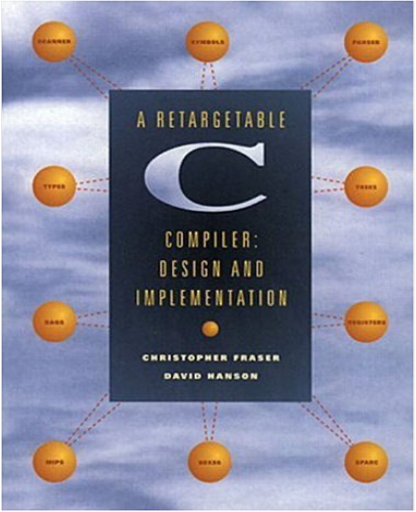
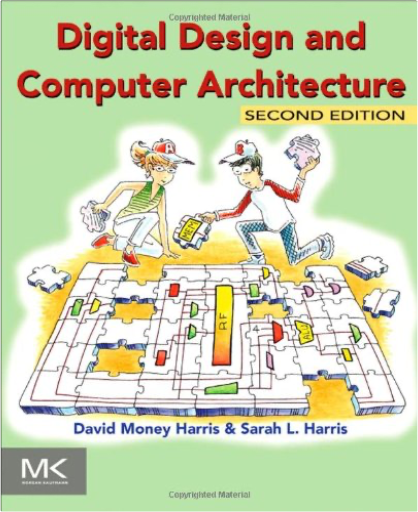
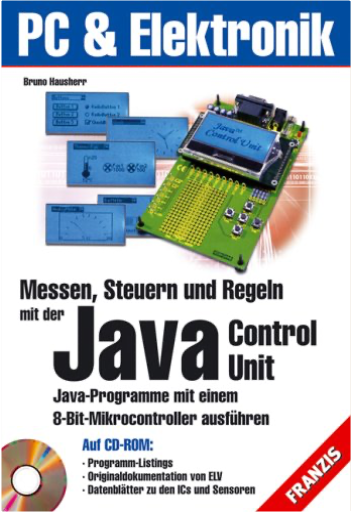
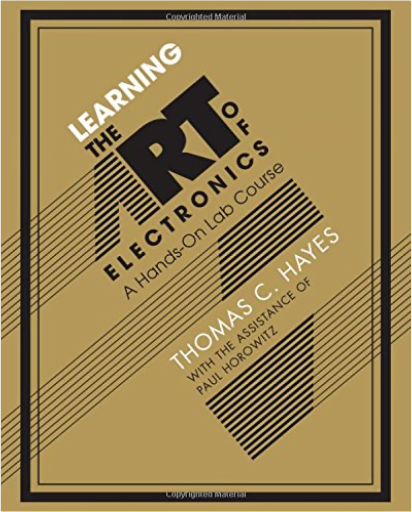
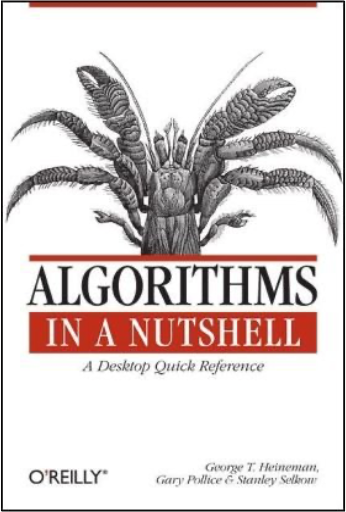
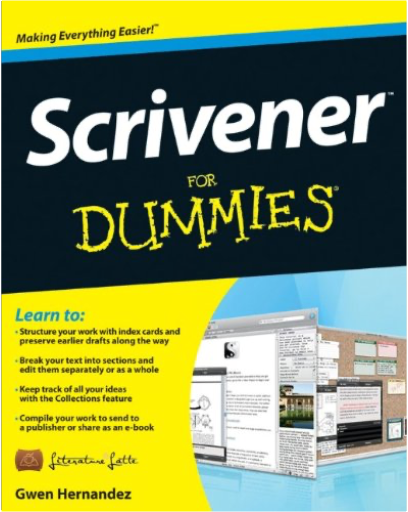
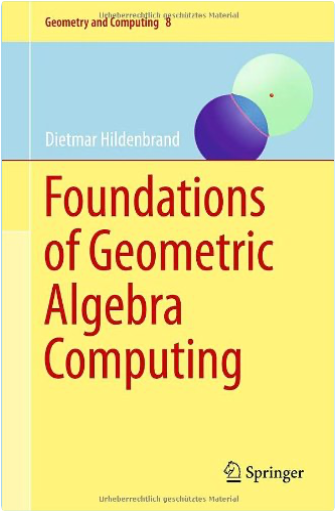
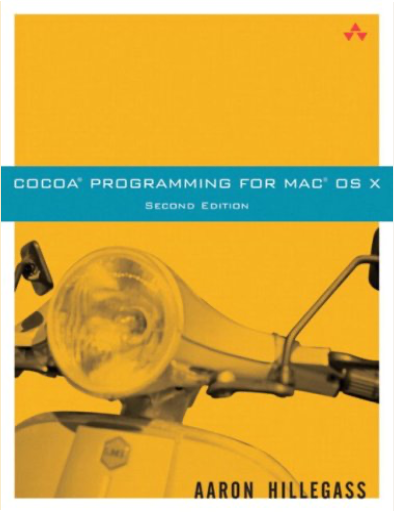


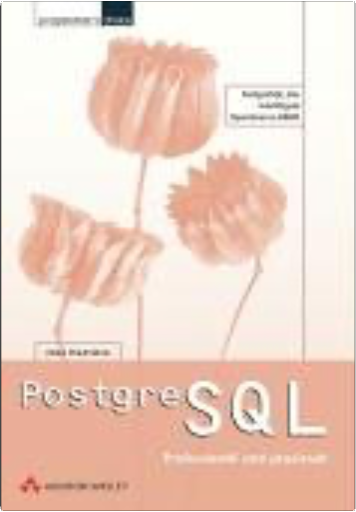
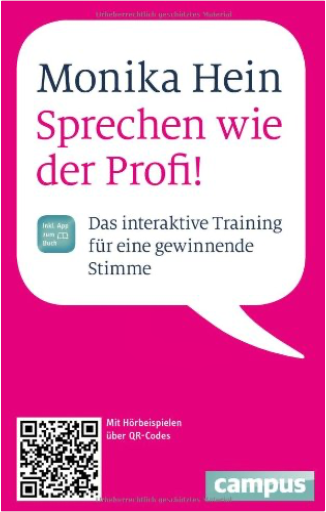
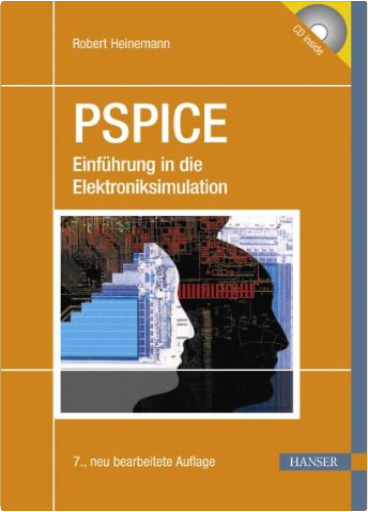
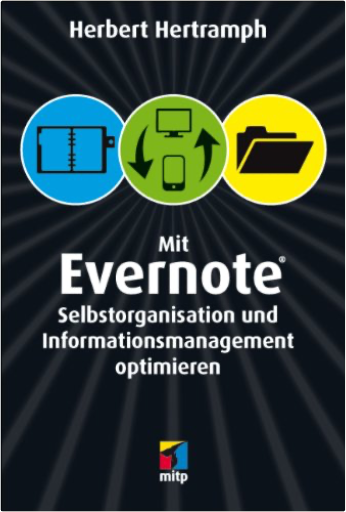
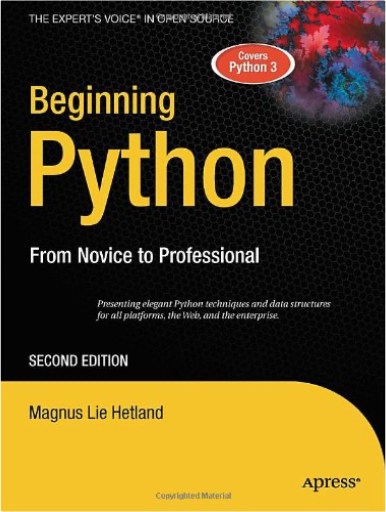
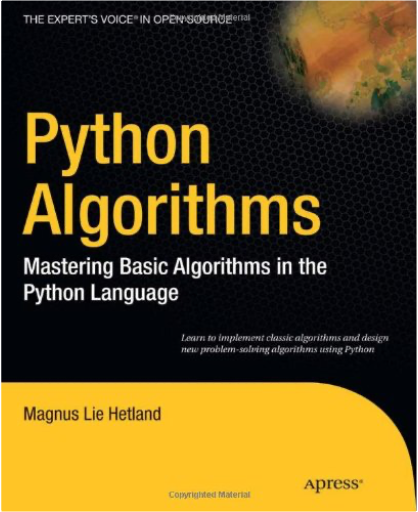
 Made with Delicious Library
Made with Delicious Library